Warriors of the Cloisters
Warriors of the Cloisters
The Central Asian Origins of Science in the Medieval World
Christopher I. Beckwith
PRINCETON UNIVERSITY PRESS
Princeton and Oxford
Copyright 2012 by Princeton University Press
Published by Princeton University Press, 41 William Street, Princeton, New Jersey 08540
In the United Kingdom: Princeton University Press, 6 Oxford Street, Woodstock, Oxfordshire OX20 1TW
press.princeton.edu
Jacket illustration: Vittore Carpaccio (c. 1460/51523/6), Debate of St. Stephen (oil on canvas), Pinacoteca di Brera, Milan, Italy / Alinari / The Bridgeman Art Library
All Rights Reserved
Library of Congress Cataloging-in-Publication Data
Beckwith, Christopher I., 1945
Warriors of the cloisters : the Central Asian origins of science in the medieval world / Christopher I. Beckwith.
p. cm.
Includes bibliographical references and index.
ISBN 978-0-691-15531-9 (hardback : alk. paper) 1. Science, Medieval. 2. Academic disputations. 3. ScienceAsia, CentralHistoryTo 1500. I. Title.
Q124.97.B43 2012
509.580902dc23
2012003721
British Library Cataloging-in-Publication Data is available
This book has been composed in Minion Pro
Printed on acid-free paper. 
Printed in the United States of America
1 3 5 7 9 10 8 6 4 2
Truth is born in argument.
RUSSIAN SAYING ATTRIBUTED TO SOCRATES (D. 399 BC)
CONTENTS
Chapter One
Introduction
Chapter Two
The Recursive Argument Method of Medieval Science
Chapter Three
From College and Universitas to University
Chapter Four
Buddhist Central Asian Invention of the Method
Chapter Five
Islamization in Classical Arabic Central Asia
Chapter Six
Transmission to Medieval Western Europe
Chapter Seven
India, Tibet, China, Byzantium, and Other Control Cases
Chapter Eight
Conclusion
PREFACE
THIS BOOK IS ABOUT the medieval scientific methodthe recursive argument methodand how it was transmitted along with the college from Buddhists to Muslims in Central Asia, and from there to medieval Western Europe.
Two decades ago, I first attempted to work on the history of the recursive argument method (traditionally known as the scholastic method, or more precisely, the disputed questions method) and in 1990 published a paper on it. However, though I felt sure that there was a connection among the Latin, Arabic, and Tibetan varieties of the method, I could not explain the differences among the versions I had found and was unable to resolve the many problems connected with its origin and spread. So I abandoned the topic.
In 2007, while preparing the final manuscript of my book Empires of the Silk Road for publication, it occurred to me once again to look into the Mah vibh
vibh
 a, a work obtained by the great traveler-monk Hsan Tsang when he was in the Central Asian city of Balkh in 628 or 630 and later translated by him into Chinese, in which language alone it is now preserved. I had looked at the text in or around 1990, but did not understand its metalanguage well enough to discover the argument structure used in it. This time, with the inestimable help of a translation of one section of the text done by Takeda Hiromichi and Collett Cox, I found what I had previously suspected might be there. I then reexamined the earliest Latin works that use the method, and at the same time looked into early examples of similar works in Arabic. Partly as a result of doing all this at around the same time, I realized that earlier analyses of the structure of the method, including my own, were misleading or wrong, and the direct connection of the different versions of it had therefore been overlooked. I presented the results of my discoveries in lectures given in 2008 in several locations in the United States and Europe. Between the Paris and Oxford lectures, it occurred to me that I had also missed the most characteristic and essential feature of the method: formal recursion.
a, a work obtained by the great traveler-monk Hsan Tsang when he was in the Central Asian city of Balkh in 628 or 630 and later translated by him into Chinese, in which language alone it is now preserved. I had looked at the text in or around 1990, but did not understand its metalanguage well enough to discover the argument structure used in it. This time, with the inestimable help of a translation of one section of the text done by Takeda Hiromichi and Collett Cox, I found what I had previously suspected might be there. I then reexamined the earliest Latin works that use the method, and at the same time looked into early examples of similar works in Arabic. Partly as a result of doing all this at around the same time, I realized that earlier analyses of the structure of the method, including my own, were misleading or wrong, and the direct connection of the different versions of it had therefore been overlooked. I presented the results of my discoveries in lectures given in 2008 in several locations in the United States and Europe. Between the Paris and Oxford lectures, it occurred to me that I had also missed the most characteristic and essential feature of the method: formal recursion.
Subsequently I continued to work on the topic, producing a brief article on some points as I then understood them and a rough draft of a book. There the matter remained for awhile as my duties as a teacher took up most of my time and energy for the rest of that year and the beginning of the following year. Then, though I was busy with teaching while in Vienna in the late spring and early summer of 2009, I nevertheless managed to write the first actual manuscript of the book, and to revise the above-mentioned brief article. When I was once again free to work on the project full time, in the last two months of that summer, I completely reorganized and rewrote my manuscript, and revised it that fall semester. I then submitted it to Princeton University Press in December.
In the process of further revising the manuscript, I have discovered that my analysis of the data as of the end of 2009 continues, in all significant aspects, to be confirmed, and has actually been strengthened, by everything additional I have found since. In particular, intensive examination of the putative exceptions suggested by colleagues has been interesting, and in some cases relevant, but on the whole it has ended up not having any significant effect on the books argument. In addition, although I had always believed that the late George Makdisi was basically on the right track with regard to the history and transmission of the college and the recursive argument method (the scholastic method) from the Islamic world to medieval Western Europe, I found that some of the details of his argumentsespecially those involving the education systemalso seem to be confirmed, with one significant lingering exception.
The exception appears to be law, which Makdisi was convinced was the source of the Classical Arabic recursive argument method, since the Islamic colleges were devoted mostly to law. My investigations suggest it is indeed possible that there may be material relevant to the history of the recursive argument method in Medieval Latin, Classical Arabic, and early Indic texts (or their Chinese translations) concerned directly or indirectly with law. Most significantly of all, it is expressly stated by Avicenna that he learned the recursive method from a teacher of fiqh (Islamic jurisprudence), thus supporting Makdisis theory. The arguments I myself have seen in my forays into the legal literature appear to be different, but law is not a subject I am trained in, familiar with, or understand very well, even in English, not to speak of any other language. Scholars specializing in fiqh should test Makdisis theory by examining early disputed questions texts in Arabic to determine the relationship, if any, of their argument structure to that of the recursive argument method described in this book. Until that is done, Makdisis thesis about a possible legal connection remains untested.
I like to think that I have now answered most of the major problems I set out to solve, but much remains to be done. There is certainly a great need for further study of the recursive argument method in Classical Arabic philosophical and theological literature. In addition, we need a major study of the A
 agrantha, much more work on the
agrantha, much more work on the
Next page

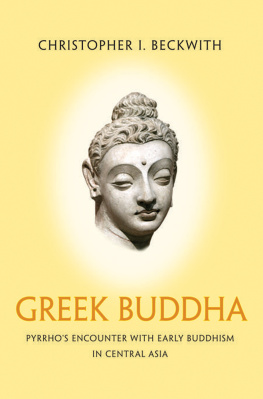
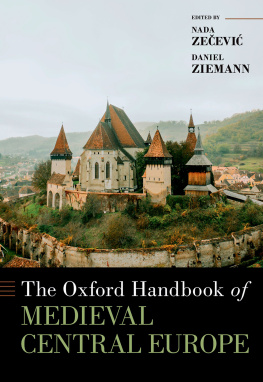
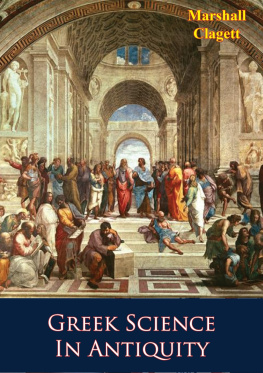
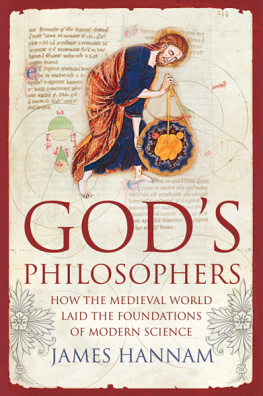
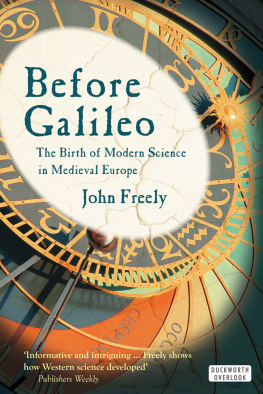
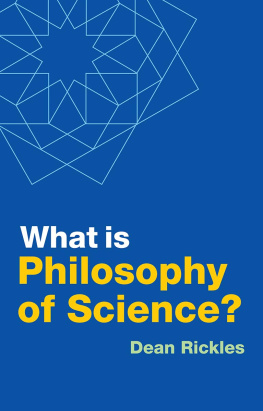
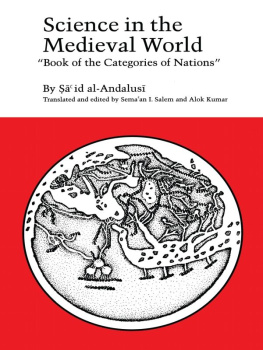
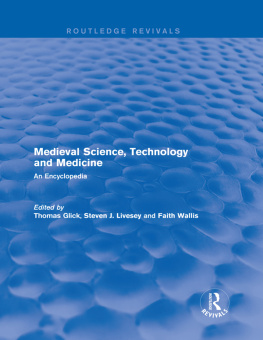
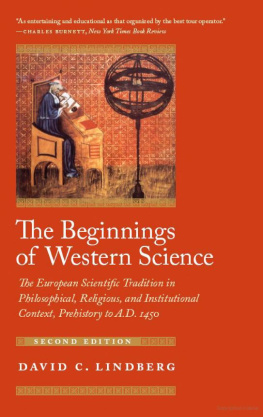


 vibh
vibh a, a work obtained by the great traveler-monk Hsan Tsang when he was in the Central Asian city of Balkh in 628 or 630 and later translated by him into Chinese, in which language alone it is now preserved. I had looked at the text in or around 1990, but did not understand its metalanguage well enough to discover the argument structure used in it. This time, with the inestimable help of a translation of one section of the text done by Takeda Hiromichi and Collett Cox, I found what I had previously suspected might be there. I then reexamined the earliest Latin works that use the method, and at the same time looked into early examples of similar works in Arabic. Partly as a result of doing all this at around the same time, I realized that earlier analyses of the structure of the method, including my own, were misleading or wrong, and the direct connection of the different versions of it had therefore been overlooked. I presented the results of my discoveries in lectures given in 2008 in several locations in the United States and Europe. Between the Paris and Oxford lectures, it occurred to me that I had also missed the most characteristic and essential feature of the method: formal recursion.
a, a work obtained by the great traveler-monk Hsan Tsang when he was in the Central Asian city of Balkh in 628 or 630 and later translated by him into Chinese, in which language alone it is now preserved. I had looked at the text in or around 1990, but did not understand its metalanguage well enough to discover the argument structure used in it. This time, with the inestimable help of a translation of one section of the text done by Takeda Hiromichi and Collett Cox, I found what I had previously suspected might be there. I then reexamined the earliest Latin works that use the method, and at the same time looked into early examples of similar works in Arabic. Partly as a result of doing all this at around the same time, I realized that earlier analyses of the structure of the method, including my own, were misleading or wrong, and the direct connection of the different versions of it had therefore been overlooked. I presented the results of my discoveries in lectures given in 2008 in several locations in the United States and Europe. Between the Paris and Oxford lectures, it occurred to me that I had also missed the most characteristic and essential feature of the method: formal recursion. agrantha, much more work on the
agrantha, much more work on the